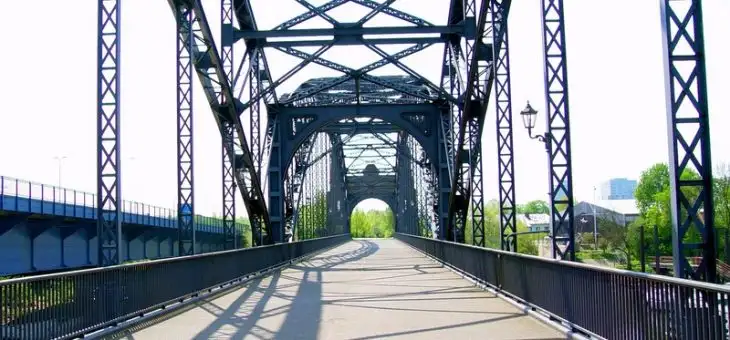
Using VRP algorithms in logistics can also be applied to planning municipal transport of utilities. A perfect example of such service is hauling garbage. This service is easily translated into algorithmic input due the range of available information such as:
- Fixed number of pickup locations with predictable amount of items to be hauled (volume, weight),
- Fixed number of garbage depots,
- Defined fleet of vehicles (in terms of their load capacity and availability),
- Defined list of available drivers.
A certain difficulty in garbage collection lies is the fact that there are many pickup points and they need to be serviced within a set period of time. In case of garbage collection, priority is put on being able to serve maximum number of locations, without the need to schedule the precise time of each pickup. Next challenge is to optimise the throughput of a garbage depot – issue also known as PDP – Pickup Delivery Problem.
Every depot has a certain capacity to receive garbage, usually measured in tons. Every type of vehicle has a loading capacity also measured in tons. Setting proper input values into a VRP algorithm may significantly improve the optimisation of the whole process related to garbage collection and subsequent utilisation.
